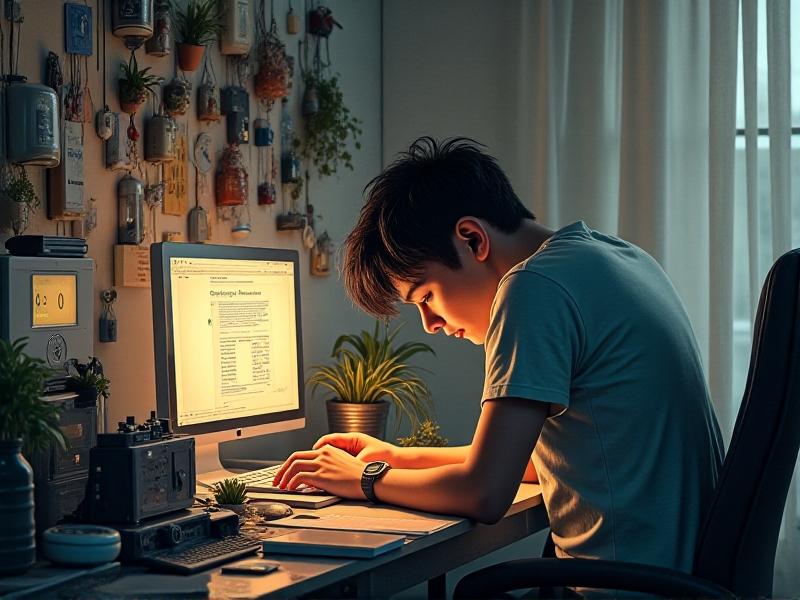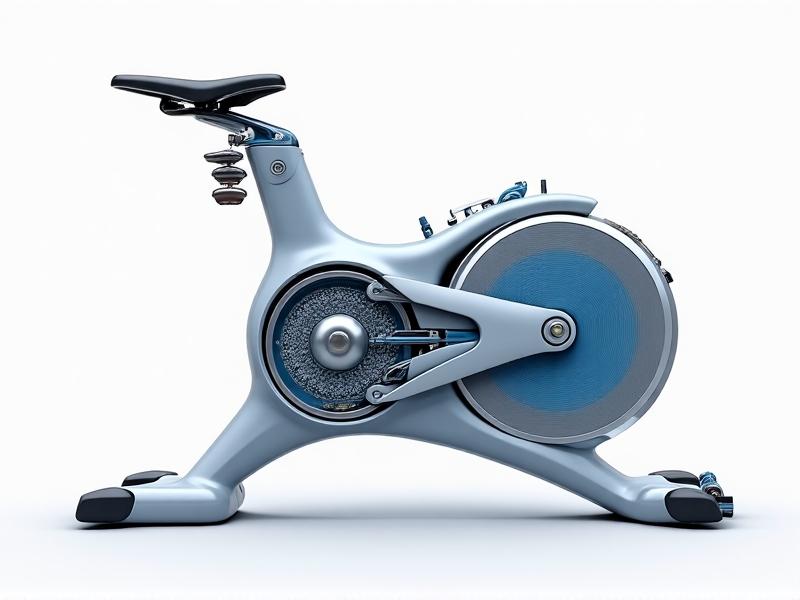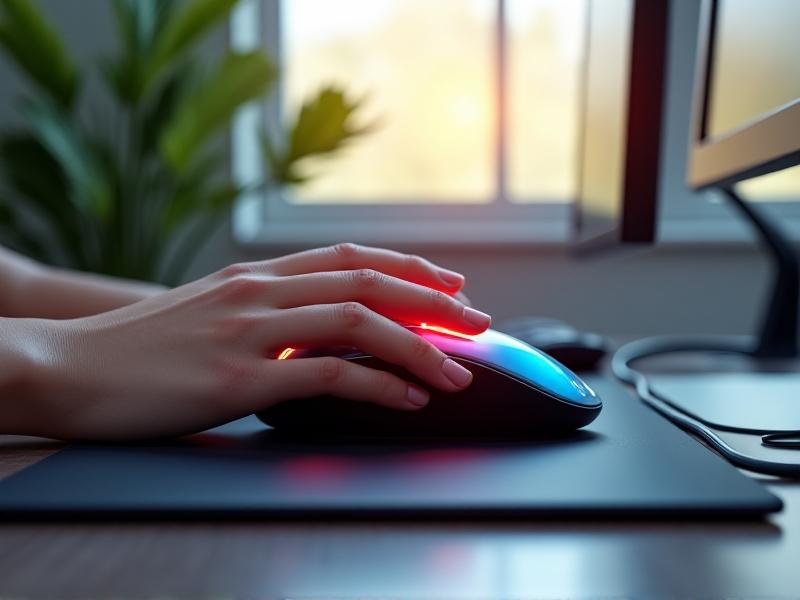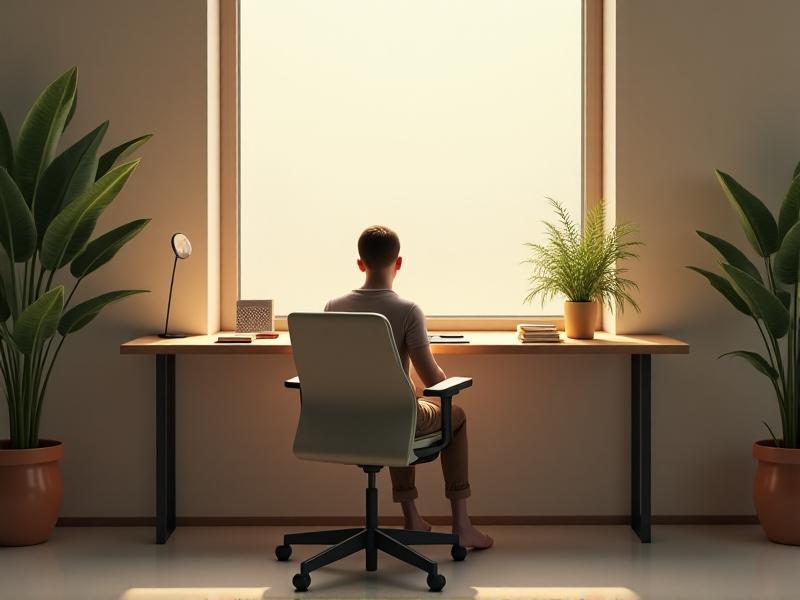Lunch Break Sun Exposure Calculators
The Science of Sun Exposure: Benefits and Risks
Sunlight is a double-edged sword. On one hand, it’s essential for synthesizing vitamin D, a nutrient critical for bone health, immune function, and mood regulation. On the other, prolonged exposure to ultraviolet (UV) radiation increases the risk of skin cancer, premature aging, and eye damage. The key lies in striking a balance—getting enough sun to reap its benefits without crossing into harmful territory. This is especially relevant for urban professionals who often squeeze outdoor time into their lunch breaks. But how much sun is too much? The answer depends on factors like UV intensity, skin type, and geographic location. Enter lunch break sun exposure calculators: tools designed to personalize safe sun thresholds for individuals based on real-time data.

Understanding UV Radiation and the Fitzpatrick Scale
UV radiation is categorized into UVA, UVB, and UVC wavelengths. While UVC is mostly absorbed by the ozone layer, UVA and UVB penetrate the atmosphere, affecting skin differently. UVB is responsible for vitamin D production and sunburns, while UVA contributes to aging and long-term damage. The UV Index (UVI)—a scale from 0 to 11+—quantifies daily UV intensity. However, your skin’s response to UV depends on its melanin content, categorized by the Fitzpatrick Scale. This six-type system ranges from Type I (pale, burns easily) to Type VI (deeply pigmented, rarely burns). Sun exposure calculators use this framework to tailor recommendations. For example, a Type I individual in Miami at noon might be advised to limit exposure to 8 minutes, whereas a Type IV person in Seattle could safely spend 25 minutes outdoors.
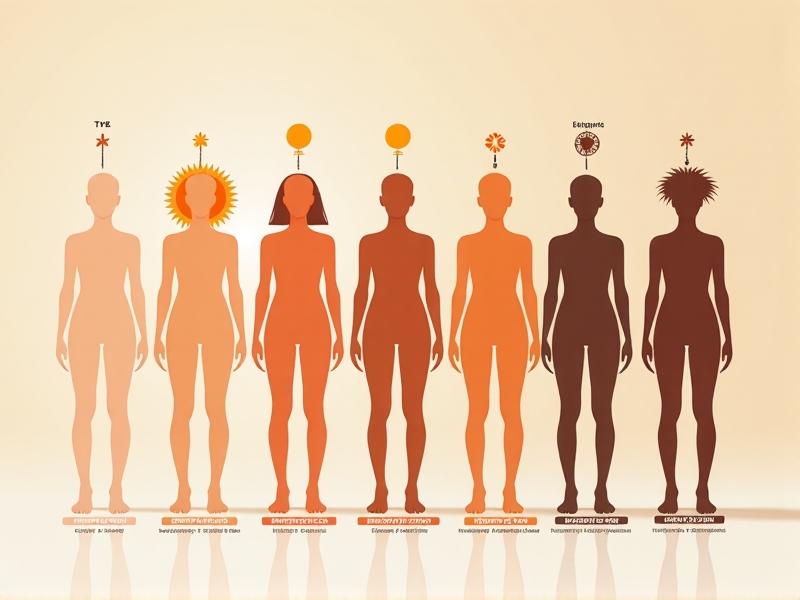
How Lunch Break Sun Exposure Calculators Work
These calculators combine meteorological data, user inputs, and dermatological guidelines. GPS pinpoints your location to pull local UV Index values from weather APIs. Users input their Fitzpatrick skin type, time planned outdoors, and sunscreen SPF. Advanced tools even factor in altitude (UV increases 4% per 1,000 feet) and surface reflectivity (e.g., snow or sand). Algorithms then estimate the time until erythema (skin reddening) occurs. For instance, if the UVI is 7 and you’re Type III wearing SPF 30, the app might grant a 35-minute “safe window.” Some apps send alerts when you’ve hit 50% of your limit, prompting reapplication of sunscreen or seeking shade.
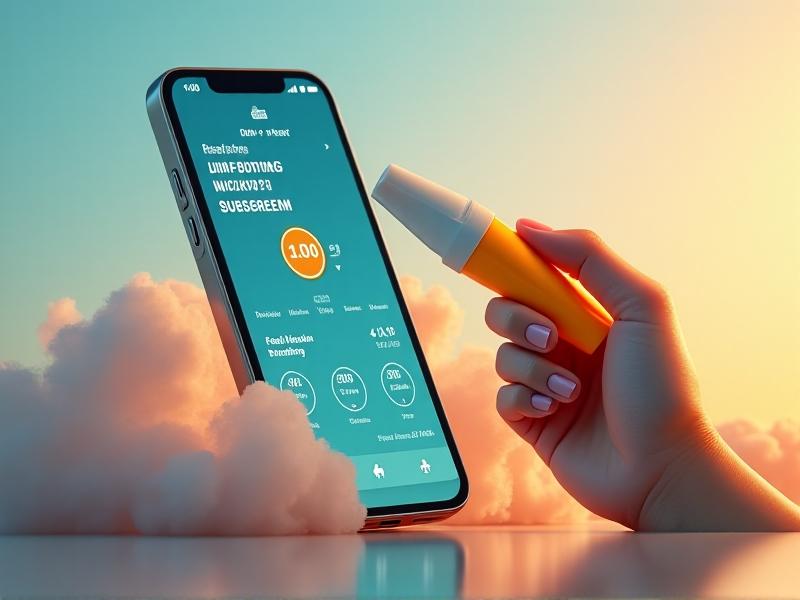
Top Features to Look for in a Sun Calculator
Not all calculators are created equal. Key features include real-time UV updates, customizable skin profiles, and SPF adjustments. Premium apps offer wearable integration (e.g., syncing with Fitbit to track actual exposure) and historical data to identify trends. Look for tools that account for clothing coverage—a long-sleeved shirt reduces UV exposure by up to 27%. Offline functionality is crucial for areas with spotty connectivity. Additionally, educational resources like vitamin D tracking or reminders for skin checks add value. Avoid apps that lack transparency about data sources or oversimplify recommendations without explaining variables.
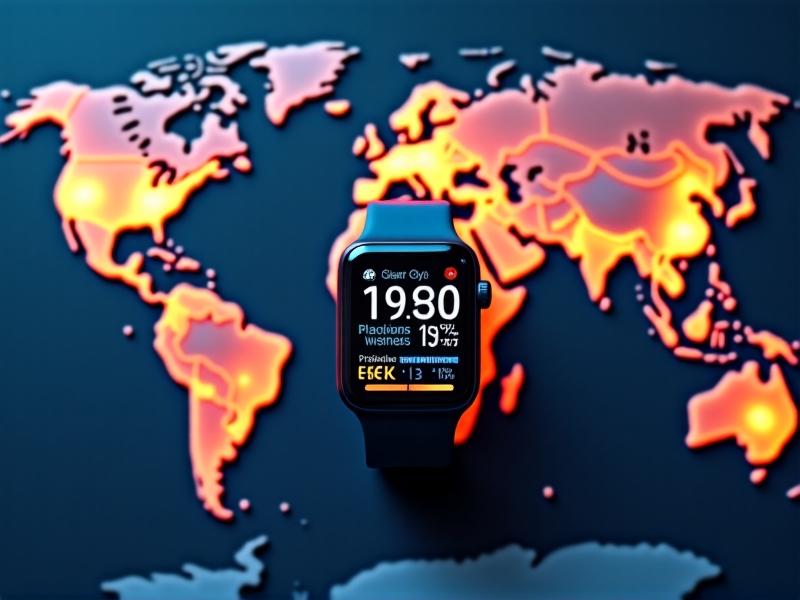
A Step-by-Step Guide to Using a Calculator
Start by downloading a reputable app like SunSmart or UV Lens. Enable location services to auto-detect UV levels. Input your skin type using the app’s guide—many include sample images for comparison. Set your planned activity: sitting vs. running alters exposure due to sweat and friction affecting sunscreen efficacy. If wearing a hat or UPF-rated clothing, toggle those options. The app calculates your safe window and starts a countdown. Use the in-app timer to log shade breaks or reapplications. Post-session, review your exposure history and adjust habits accordingly. Pro tip: Pair the app with a UV-detecting wearable sticker for real-time skin monitoring.
Balancing Sun Safety with Vitamin D Needs
While minimizing UV damage is critical, avoiding the sun entirely can lead to vitamin D deficiency—a concern for indoor workers. Calculators address this by estimating how much exposure is needed to meet daily vitamin D goals. For most people, 10–30 minutes of midday sun, two to three times a week, suffices. However, those with darker skin or living in northern latitudes may require longer. Advanced apps factor in dietary intake (e.g., if you consume fortified foods) to adjust recommendations. Remember: Vitamin D synthesis plateaus after a point, so exceeding recommended exposure times offers no added benefit—only risk.
Future Trends in Sun Protection Technology
Emerging innovations aim to make sun safety effortless. Hybrid fabrics with UV-sensitive dyes that change color under intense radiation are in development. AI-powered apps could soon analyze your schedule to suggest optimal outdoor times—like a 12:15 PM walk when UV is lower due to cloud cover. Augmented reality (AR) glasses might overlay safe zones on your field of vision, highlighting shaded park routes. Researchers are also exploring personalized sunscreens based on DNA analysis of skin’s repair capacity. These advancements, combined with wider adoption of exposure calculators, could revolutionize how we interact with sunlight—transforming risk into a measurable, manageable variable.

